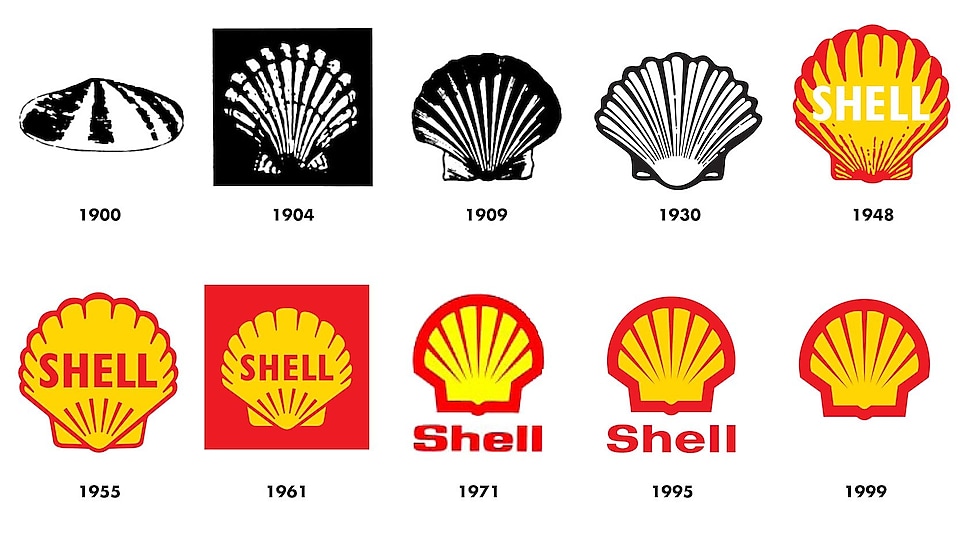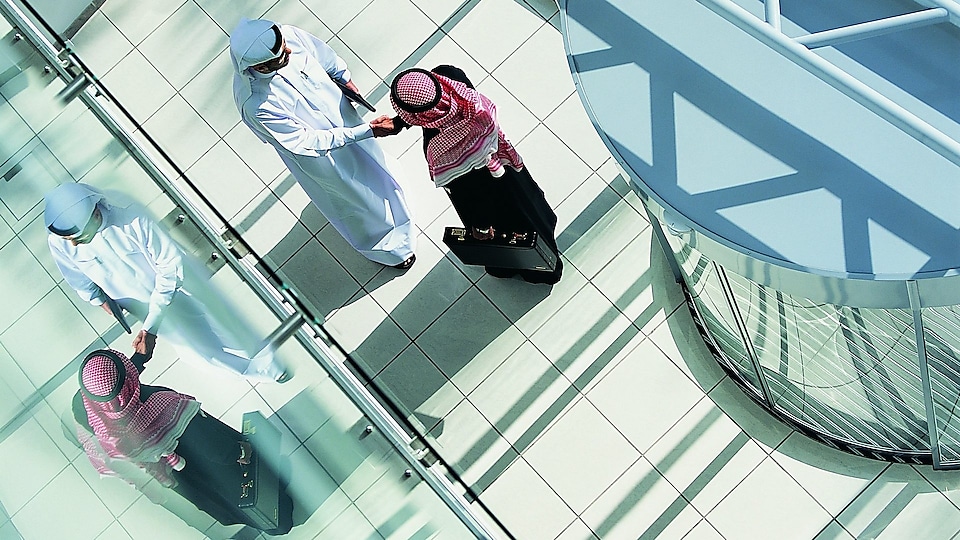
The Shell brand
For more than 100 years the word Shell, our pecten emblem and distinctive red and yellow colours have visualised the Shell brand and promoted our values and the quality of our products and services all over the world.
The word Shell first appeared in 1891, as the trademark for kerosene shipped to the Far East by Marcus Samuel and Company. This small London business dealt originally in antiques, curios and oriental seashells. These became so popular – the Victorians used them to decorate trinket boxes in particular – that soon they formed the basis of the company’s profitable import and export trade with the Far East.
The word was elevated to corporate status in 1897, when Samuel formed the Shell Transport and Trading Company. The first logo in 1901 was a mussel shell, but by 1904 a scallop shell or pecten emblem had been introduced to give a visual representation of the corporate and brand name.
When the Royal Dutch Petroleum Company and Shell Transport and Trading merged in 1907, the latter’s brand name and symbol (Shell and the pecten) became the short-form name and emblem of the new Royal Dutch Shell Group. And so it has remained ever since.
The form of the Shell emblem has changed gradually over the years in line with trends in graphic design. The current emblem was introduced in 1971. Thirty years on it stands the test of time as one of the world’s most recognised symbols.

The Shell emblem from 1900 to the present
The Sound of Shell
Since the early 20th century Shell has used music in visual and audio communications, including collaborations with singers Bing Crosby and Sammy Davis Jr. Working with British film and TV soundtrack composer Tom Howe, in 2015 we introduced the “Sound of Shell”, a sonic signature that captures the values and energy of the Shell brand as a modern company innovating to help build a sustainable energy future.
The result is a three-minute orchestral composition and a suite of more than 50 variations in different musical genres and styles. Each is based on a central melody that can be expressed in many styles, from hard-hitting electric guitars to Thai and Turkish adaptations. The shortest expression is a two-second mnemonic – or key melody – that, for example, accompanies the Pecten logo at the end of a Shell film. In time, we would like it to be instantly recognisable, like the Pecten itself.
The sound of Shell
Listen to the sound of Shell
Listen to the 2-second mnemonic
Watch a short film about the making of the Sound of Shell
The #makethefuture initiative
With our #makethefuture initiative we ask people around the world a bold question: what if your ideas could help answer the world’s energy challenges?
The goal of the initiative is to unlock people’s scientific ingenuity and creative spirit and inspire them to join our innovation-focused programmes – for example, Shell Ideas360 and Shell Eco-marathon for students, Shell LiveWIRE for young entrepreneurs, and Shell GameChanger for experienced innovators.
Now, more than ever, the world needs more scientists, technologists, engineers and mathematicians to face the world’s energy challenges.
Progress powered by footsteps
The #makethefuture initiative is focused on innovations that drive human progress. The perfect example is Laurence Kemball-Cook, who brought a powerful idea to the Shell LiveWIRE programme: to refurbish a run-down community football pitch in Morro da Mineira, a favela in Rio de Janeiro.
Beneath the surface we laid around 200 kinetic tiles, developed by a Laurence. These tiles capture energy generated by players’ movement and combined with energy from solar panels, the locals now have a partially-renewable source of electricity that helps power their pitch’s floodlights.
Morro da Mineira project
Shell and Pelé Inspire future energy scientists with a soccer pitch
More in about us
Who we are
Learn about our business and people, and how we grew from a small shop in London nearly 200 years ago.
What we do
Shell is a global group of energy and petrochemical companies. Find out more about our business in Kuwait and around the world.
You may also be interested in
The energy future
We are using our know-how, technology and innovation to deliver more and cleaner energy for the world's growing population.
Make the Future
#MakeTheFuture showcases the on-going actions Shell is taking to help create this more sustainable energy-rich, lower carbon future.



